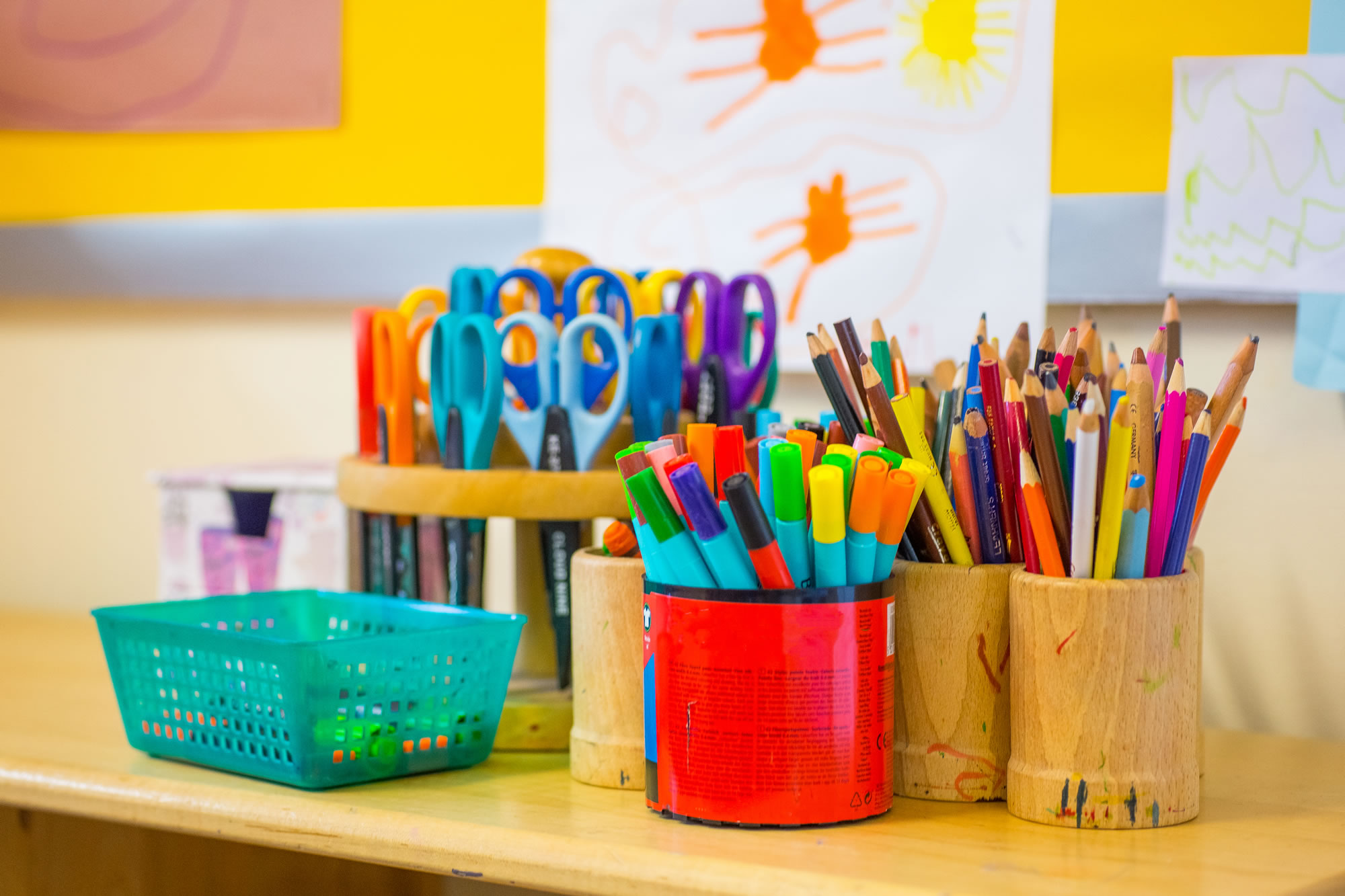Did you know that children’s vinyl (PVC) school supplies, like backpacks, lunchboxes, and 3-ring binders, can contain toxic chemicals?
According to The Center for Health, Environment & Justice (CHEJ), chemicals released by the PVC lifecycle have been linked to chronic diseases like cancer, asthma, learning and developmental disabilities, obesity, and even reproductive disorders. PVC releases a toxic cocktail of chemicals including the Agent Orange chemical dioxin, phthalates, vinyl chloride, ethylene dichloride, mercury, lead, cadmium, and organotin.
That lovely “new” smell so often found in plastics is an evaporation of chemicals known as “outgassing”. And these dangerous chemicals do not disappear once the smell wears off. PVC releases volatile organic compounds right up to its disposal. These hazardous chemicals irritate eyes, noses and throats, causing coughing, headaches, dizziness and nausea. They can also cause cancer, making it the worst plastic for our health and the environment.
So what can you do? Start by looking for PVC alternatives
- Backpacks: Avoid backpacks with shiny plastic designs as they often contain PVC and phthalates.
- Three-ring binders: Use cardboard, fabric-covered, or polypropylene binders. Most plastic 3-ring binders are made of PVC and often contain phthalates. Look for binders labeled “PVC-free.
- Lunchboxes: Use cloth lunch bags instead. Look for lunchboxes labelled as “PVC-free.”
- On the packaging, look for the #3 or the letters “PVC,” often found next to the three-arrow “recycling” symbol.
For more information
- Our Health & PVC: What’s the Connection? Center for Health, Environment & Justice
- How Toxic Are Your Kids’ School Supplies? The Huffington Post







